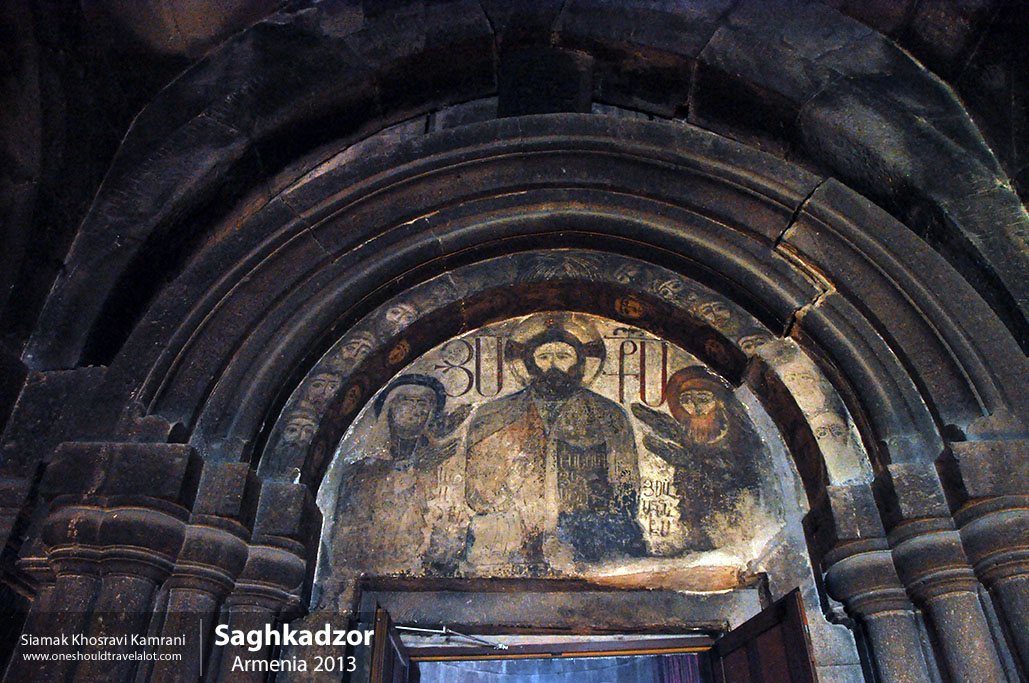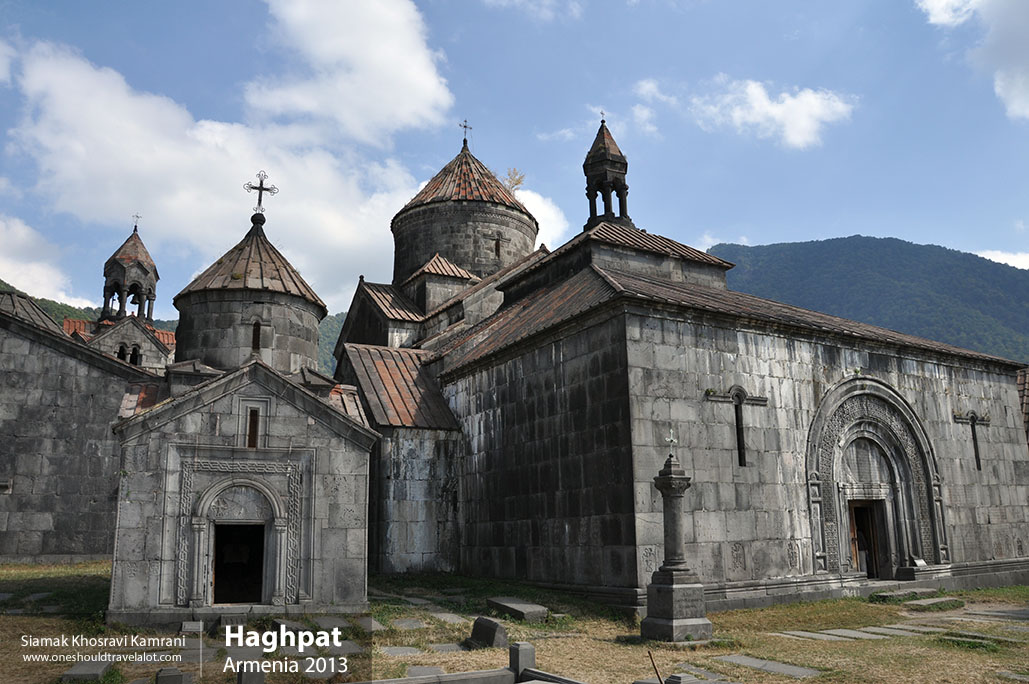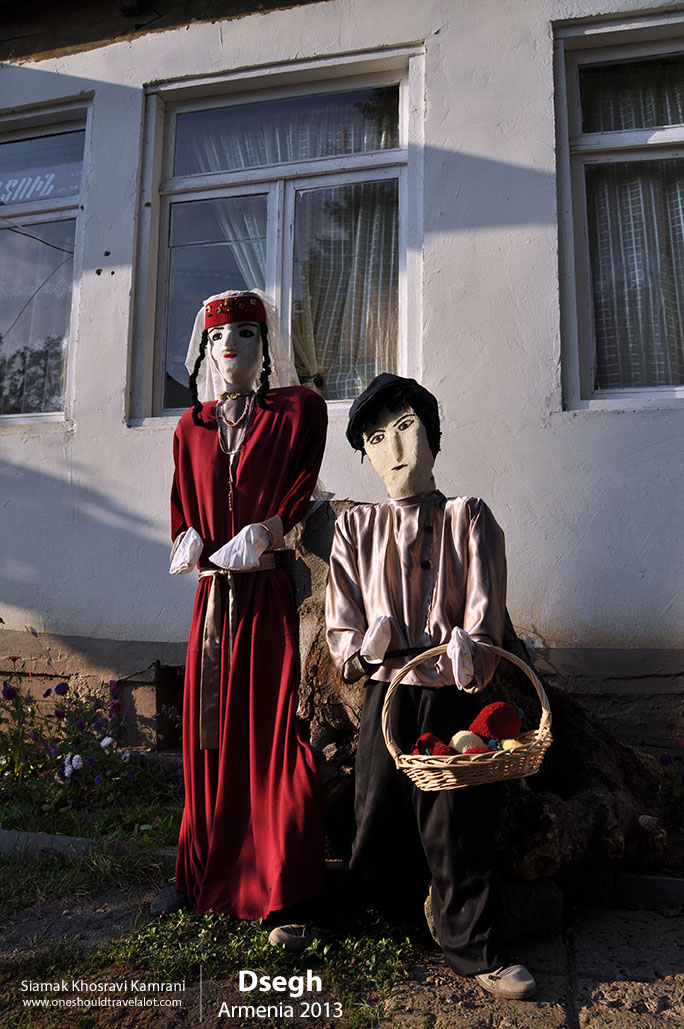Haghartsin: Capturing the Heart of Armenian Heritage
Nestled in the lush, green mountains of northern Armenia, the picturesque village of Haghartsin is a hidden gem waiting to be discovered. As a young photographer with an insatiable desire to explore and document the world’s beauty, I found myself drawn to this serene location, known for its ancient monastery complex and breathtaking landscapes.
First Impressions of Haghartsin
As I drove through the winding roads of Tavush Province, the air grew fresher, and the scenery more captivating. My first glimpse of Haghartsin was a tapestry of dense forests, rolling hills, and quaint stone houses, all bathed in the soft light of the early morning sun. The village exuded a sense of tranquility and timelessness, a stark contrast to the bustling cities I had previously visited.
Upon arrival, I was immediately struck by the simplicity and charm of life in Haghartsin. The locals, mostly engaged in agriculture and craftsmanship, lived harmoniously with nature, their lives seemingly untouched by the rapid pace of modernity. The village’s atmosphere was one of warmth and hospitality, with friendly faces greeting me as I wandered through its narrow streets, camera in hand.
Exploring Haghartsin Monastery
Haghartsin’s crowning jewel is undoubtedly its monastery complex, a masterpiece of medieval Armenian architecture. As I approached the site, the sound of chirping birds and the rustling of leaves created a serene soundtrack, enhancing the sense of peace that enveloped the area.
The monastery, dating back to the 10th century, is a stunning blend of history and spirituality. Its stone walls, adorned with intricate carvings and faded frescoes, stood as a testament to the craftsmanship of ancient Armenian builders. I spent hours exploring the complex, capturing the play of light and shadow on the weathered stones and the tranquil expressions of visitors lost in contemplation.
One of the most memorable moments was photographing the Surb Astvatsatsin Church, the main building within the complex. Its conical dome and finely detailed facade were breathtaking, especially against the backdrop of towering trees and clear blue skies. Inside, the church’s dimly lit interior, with its flickering candles and centuries-old icons, provided a profound sense of connection to the past.
Immersing in Local Culture and Traditions
Haghartsin is not just about its monastery; it’s a living, breathing village with rich cultural traditions and a vibrant community. I was fortunate to visit during a local festival, a time when the entire village came alive with music, dance, and celebration.
The festival was a feast for the senses. Colorful traditional costumes, lively folk dances, and the rhythmic beats of the dhol (a traditional drum) filled the air. I joined the villagers in their joyous dances, my camera capturing the exuberance and unity that marked the occasion. It was a beautiful reminder of the power of tradition and community in preserving cultural heritage.
The local cuisine was another highlight of my stay. I was invited to a family home, where I experienced the warmth of Armenian hospitality firsthand. The meal was a delightful spread of khorovats (grilled meats), dolma (stuffed grape leaves), and lavash (traditional flatbread), all prepared with fresh, locally sourced ingredients. Each dish was a testament to the rich culinary traditions of Armenia, and the flavors were as vibrant and varied as the landscape itself.
The Language and Ethnic Diversity of Haghartsin
Armenian is the primary language spoken in Haghartsin, and it was fascinating to listen to the melodic flow of conversations around me. While my grasp of the language was limited, the universal language of smiles and gestures bridged any communication gaps. The villagers were patient and eager to share stories about their lives and heritage, providing me with a deeper understanding of the area’s cultural fabric.
Armenia is a country with a rich tapestry of ethnicities, and while Haghartsin is predominantly Armenian, it reflects the broader diversity of the nation. The village’s history is intertwined with various influences, from Persian to Russian, each leaving its mark on the local culture and traditions.
The Natural Beauty of Haghartsin
Beyond its cultural and historical significance, Haghartsin is a paradise for nature lovers. The village is surrounded by the lush Dilijan National Park, a haven of biodiversity and natural beauty. I spent several days hiking through the forest trails, my camera capturing the vibrant hues of wildflowers, the dappled sunlight filtering through the trees, and the serene beauty of hidden waterfalls.
One of the most unforgettable experiences was a sunrise hike to a nearby hilltop. As the first rays of light touched the landscape, the entire valley seemed to come alive with a golden glow. The view was nothing short of magical, with the monastery’s silhouette standing proudly against the morning sky. It was a moment of pure serenity, a reminder of the simple yet profound beauty that nature offers.
Societal Conditions and Standard of Living
Life in Haghartsin is modest but fulfilling. The villagers lead a simple life, deeply connected to their land and traditions. While the standard of living might not match that of urban areas, there is a richness in the quality of life that comes from strong community bonds and a close relationship with nature.
The local economy is primarily based on agriculture, with families cultivating crops and raising livestock. Craftsmanship also plays a significant role, with many villagers skilled in traditional arts such as pottery, weaving, and wood carving. These crafts not only provide a source of income but also help preserve the cultural heritage of the region.



